Less office space: no ‘flex gardens’, but also: not always having your own spot

“Do you know what you could compare the average teacher at university to? With a tax inspector.” When Wim Pullen, director of the Center for People and Buildings (CfPB) explains new work concepts at universities, he likes to hold up a mirror to teachers and researchers.
Employees at the university, he says, tend to think that they spend most of their time working in their rooms, concentrating and thinking hard. Pullen: “They do think hard of course, but for a much larger part, a workday consists of meetings, phone calls, emails, and other efforts. That mix of activities, it turns out, doesn’t differ that much from those of a tax inspector, according to our data.”
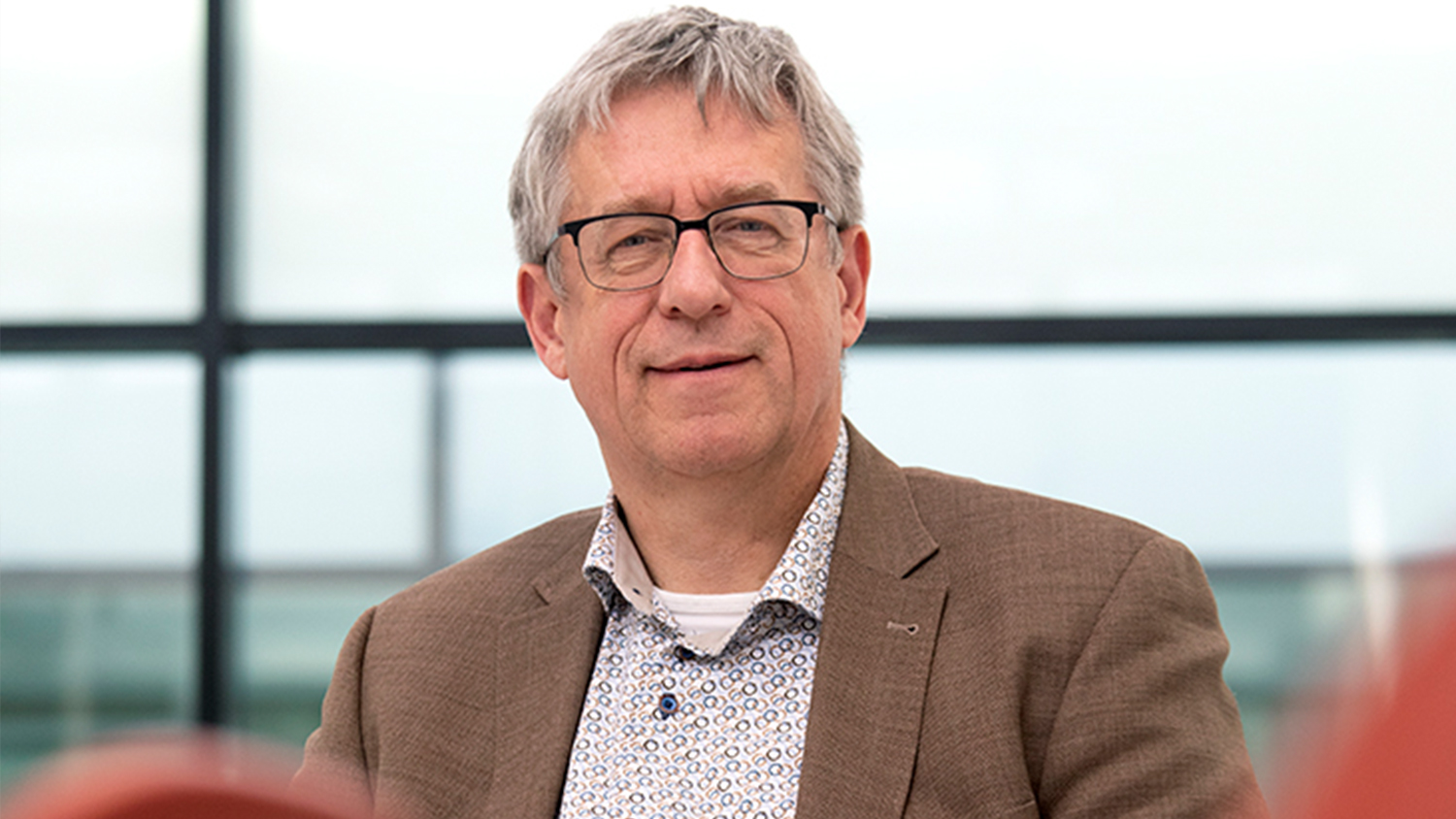
Not all will flex
We speak to the Delft-educated researcher in the canteen of the Vening Meinesz building of the faculty of Geosciences. We want to know how the university can reduce its office space by around 35 percent – a total of 70,000 square metres. The UU says it’s necessary to keep its housing affordable. The reduction will also “demand some efforts, culturally speaking”, the university warns in its new plans.
The end goal for the entire UU is scheduled to be achieved in around ten years’ time. At Veterinary Medicine, however, it’s already relevant now, as they’re already working hard on new housing with less square footage. In the city centre, the faculties of Humanities and Law also want to prove in the short term that all their employees can fit in the city centre housing, and that no one will have to move to De Uithof – something that was suggested in the university plans.
Some employees instantly saw doomsday scenarios of large-scale open office plans. En masse flex-working in bullpens is ‘an absolute no-go’ for employees, according to a report of a discussion meeting of the faculty of Humanities. Professor of Cognitive Psychology Stefan van der Stigchel has been warning for longer that open office plans can be disastrous (see box).
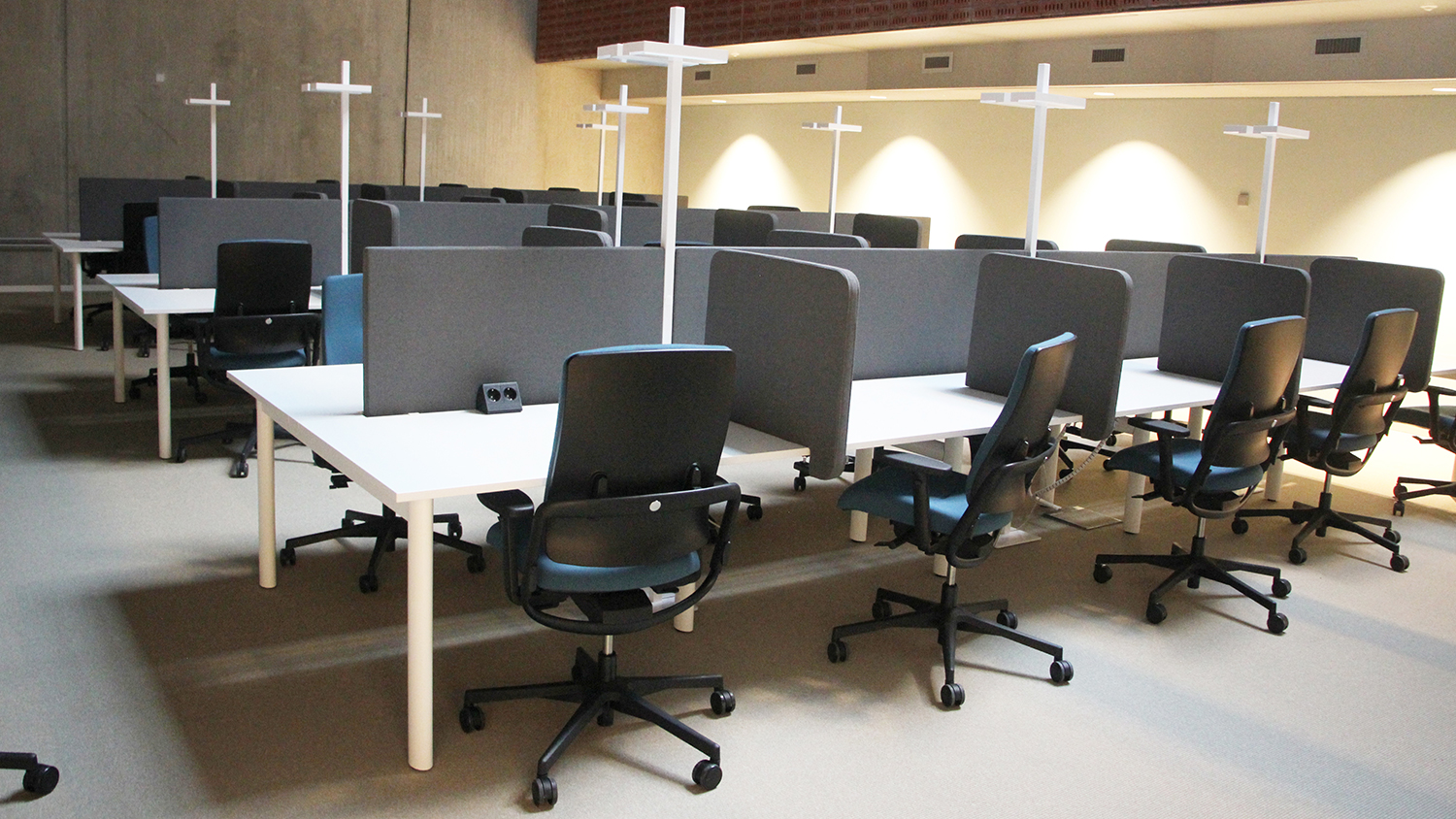
The university itself emphasises that there’s no need to fear a future with open office plans. The plans mention the introduction of ‘activity-related working’ as an important part of the solution. Employees of the department of Corporate Real Estate & Campus already employ this principle. There are, for instance, mobile employees who tend to be on the road a lot for meetings, and therefore don’t need to have continuous access to exclusive desks. But there are also employees for whom it’s quite advisable to have a desk of their own, for instance for secretaries. This led to a space reduction of 40 percent, and is also said to have caused more ‘meeting and interaction’.
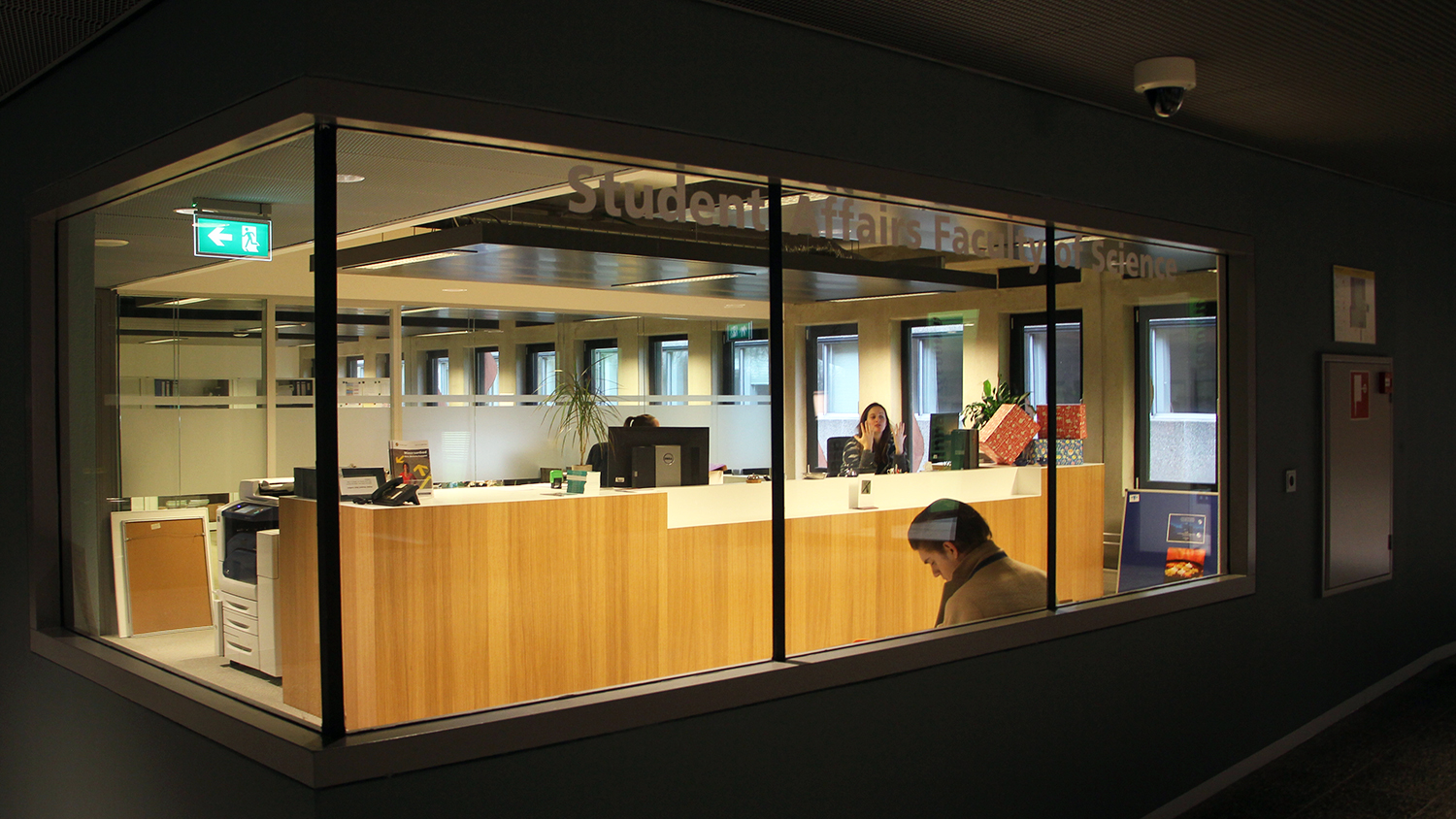
Pullen thinks the hatred of open office plans is justified. “But the idea that everyone should always have a workplace of their own, is something we need to let go.” He says ‘activity-related working’ is a good solution. “You’ll have to search for the optimal conditions in which everyone can do their work with the required concentration. That applies to all the activities done here.”
Pullen says it’s of great importance to pay attention to the way space is set up, and to the quality of the materials that are used. “We’re talking about something completely different than the mono-culture of the open office plan with a few plants and bean bags in a corner.”
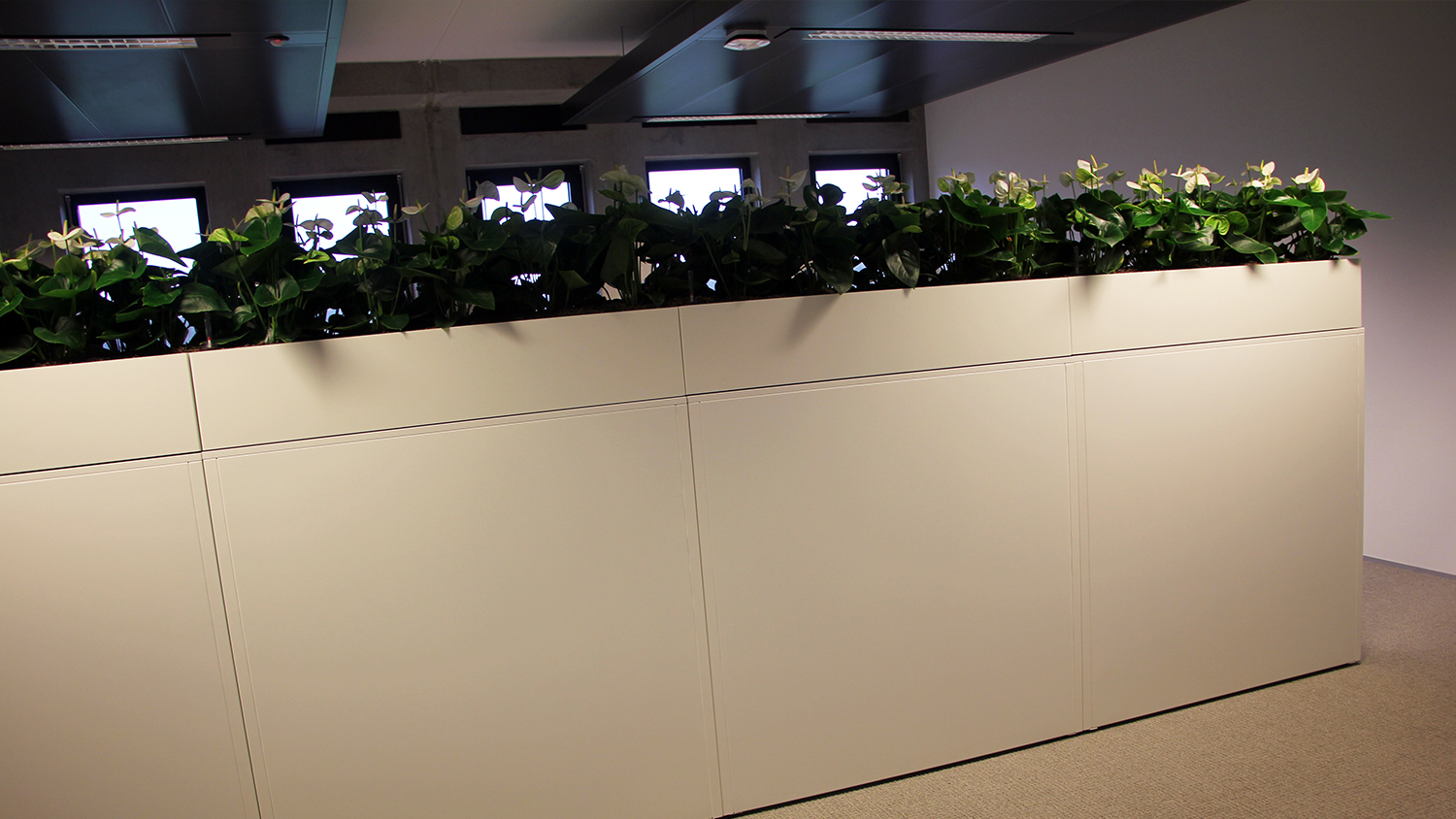
Dramatic stories
As research director of the Central Government Real Estate Agency, Pullen started his experiments of setting up governmental office buildings more efficiently at the turn of the last century. It was the time when working remotely and working part-time were, for the first time, affecting the daily crowds in offices. But there was no informed knowledge on how things could be done differently.
Elsewhere, Pullen saw discontent grow about the large-scale open office plans being established, for instance at insurer Centraal Beheer in Apeldoorn. “The dramatic stories, later emulated at several ministries, have created this image of: open office plans? Never.”
In collaboration with the Delft University of Technology, Pullen decided to conduct research on ideal working environments. After twenty years, he and his CfPB can make some informed claims about the do’s and the don’ts. For that reason, he’s consulted by – among others – the university’s Corporate Real Estate & Campus department, as well as the faculties of Geosciences and Veterinary Medicine.
Convenience mode
Pullen says the UU has already done one thing right, at least. With the new housing strategy, it’s become clear that housing comes at a price. “When employees look around, they often do admit that it’s very reasonable to use the space more efficiently. Sometimes, the occupancy rate of the university’s buildings is no more than 20 percent, which means these are highly expensive square metres. And it’s the faculties that pay for it.”
Pullen also sees the university present a clear framework which offers the opportunity to faculties and departments to come up with their own creative solutions. “The university sets a standard of 0.9 workstations per full-time employee. That’s still quite generous, really.”
One issue with transitioning, as the university is planning to do, is still that people have heard so many horror stories about ‘flex working’ and ‘the new working’ (“Het nieuwe werken”, ed.), Pullen says. “The convenience mode is: I want to keep my own spot, and it can’t be done in any other way.”
No mono-culture
The university’s employees will have to be closely involved in the plans their faculties and departments are making. His advice to faculties and departments is to connect to what employees themselves say they need, and then think which work environments with which characteristics would best suit those needs. Only then will the puzzle of square footage and desks follow, in order to get people’s wishes into the available space as efficiently as possible.
“In order to be truly productive, employees need diversity in their workspaces. They always say so in our surveys and interviews,” Pullen says. “You have to have spaces where you can work in silence and concentration, but also spaces where you can hold your meetings. Those have to have good acoustics. But you also need spaces for people doing repetitive work, where you can turn on the radio, for instance.”
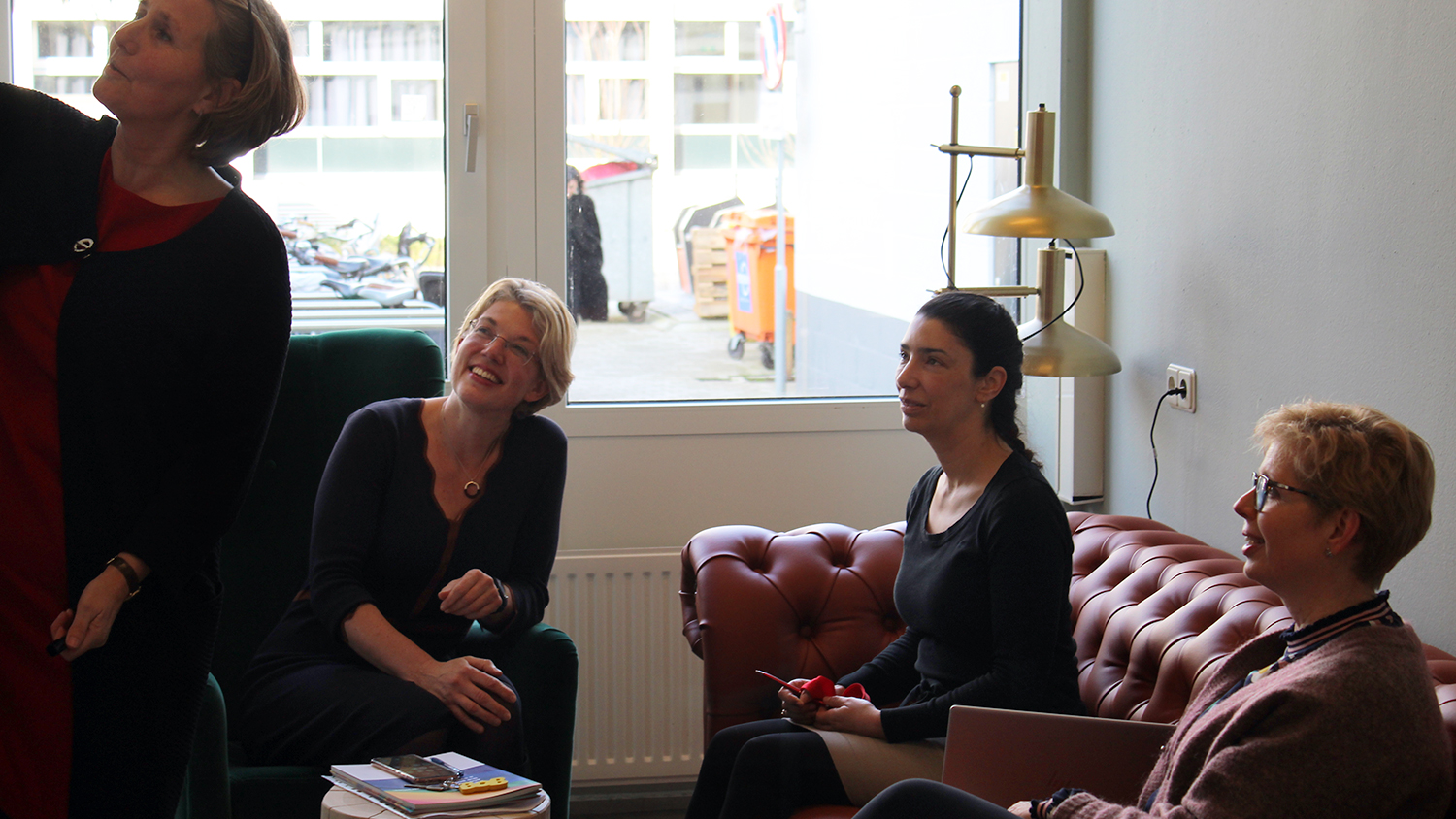
Managers will have to lead by example, Pullen thinks. “There’s a tendency to let the hierarchy lead, and already pencilling in the professor for a room of their own. But how often is that professor actually behind their desk?” Pullen thinks it makes sense that the UU board has already announced it will share spaces.
But how does that approach comply with the fact that faculties and departments are housed in buildings they can’t easily change, and that might not even be suited to what people’s wishes are? Pullen says that’s a surmountable problem. If re-use of buildings is possible, then that’s recommendable. People are familiar with their buildings, and it’s more sustainable. It’s also possible to analyse what a different way of working would mean for the use of space in a building. Perhaps it’ll need small adjustments, or perhaps it’ll need large-scale renovation. “We have an instrumentation, for instance, that you can use to calculate the financial consequences of investments and future exploitation.”
Pullen knows all too well that the concept can make people sceptical from the outset. “The supposition in activity-related working is that everyone is dynamic and will work where the conditions are optimal. But 95 percent of people won’t. You need a lot of dialogue to encourage people to work like that. You do need to ensure there’s sufficient availability of different types of workspaces, or you’ll definitely have a problem.”
Pullen mentions the example of the Vening Meinesz building, with which the faculty of Geosciences plays a pioneering role within the UU in terms of efficient use of space. One of the agreements is that meetings with Bachelor’s students do not take place within that building.
Pullen: “The teacher has to follow the student, and meet in the Koningsberger building, for example. But now, you still see people booking rooms for meetings with students. That wasn’t the intention, and you have to keep emphasising that, or in the long term, you’ll get stuck.”
‘Peak moments’ can also pose a problem. Staff meetings tend to take place on Mondays or Tuesdays. That’s tricky when it comes to booking rooms. On top of that, there’s a lot of pressure on workspaces right before and after those types of meetings. “That, too, is something you’ll have to make agreements about. Is everyone willing to take a step back to make things more comfortable for everyone? Does everything have to be done on those days?”
Naiveté
Pullen says “the ‘light naiveté’ among many scientists is the biggest pitfall on the road to a different work concept.” “Like: oh, we’re moving tomorrow, I didn’t know that.” Academics want to be involved, but don’t show up when participation meetings are organised, Pullen has noticed. “The danger is that someone will jam on the brakes when everything’s already been decided.”
But he remains optimistic: “I feel like scientists, too, are starting to understand why it’s necessary to look at the cost of housing, and why that means things will have to change. If you work together to decide on the stakes and what’s necessary for all different types of activities, something very usable can be created.”
Professor of Experimental Psychology Stefan van der Stigchel wrote a critical opinion piece two years ago about open office plans, which is still being shared in many WhatsApp groups. His observation – that working in a noisy environment has great effect on your ability to concentrate – is easily recognisable to many.
Van der Stigchel: “It’s something many people in the Netherlands face. When I taught workshops in the Administration Building a while back, even people who worked in a room with five others voiced complaints.”
How do you ensure employees at the university don’t become less productive when there’s less office space? Van der Stigchel says that’s a heavy task for the UU to solve. He says there are possible solutions, but it’ll be quite the task. “There are more bad examples than good ones.”
Van der Stigchel can imagine designing the buildings based on the type of work people do. But if the university wants to install special ‘silent concentration’ workplaces, for instance, there are a number of requirements that need to be met, he says. It’s important to design those spaces in such a way that you can really work there quietly, in full concentration. They shouldn’t be too far away, and there need to be plenty of them. “The danger is that it’ll turn into a situation where people claim spaces and everything’s already occupied in the early morning. You’ll have to keep talking to people about moving when they’re doing things that don’t require full concentration.”
An approach of differentiated workspaces, Van der Stigchel says, demands continuous monitoring and attention to individual differences between employees. “Otherwise, they’ll all just start working from home.”